Scientists from both campuses of The Scripps Research Institute (TSRI) have been awarded a total of $7.9 million from the Defense Advanced Research Projects Agency (DARPA). The two teams will build what is, in essence, an artificial immune system, comprising vast 'libraries' of different types of molecules from which will emerge individual compounds to detect or neutralize an array of biological and chemical threats.
Sep 24th, 2014
Read more
When the body forms new tissues during the healing process, cells must be able to communicate with each other. For years, scientists believed this communication happened primarily through chemical signaling. Now researchers have found that another dimension - mechanical communication - is equally if not more crucial.
Sep 23rd, 2014
Read more
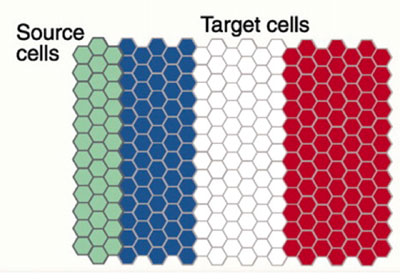 Scientists try to understand how networks of genes work together to create specific patterns like stripes. They have gone beyond studying individual networks and have created computational and synthetic mechanisms for a whole 'design space' of networks in the bacteria Escherichia coli.
Scientists try to understand how networks of genes work together to create specific patterns like stripes. They have gone beyond studying individual networks and have created computational and synthetic mechanisms for a whole 'design space' of networks in the bacteria Escherichia coli.
Sep 23rd, 2014
Read more
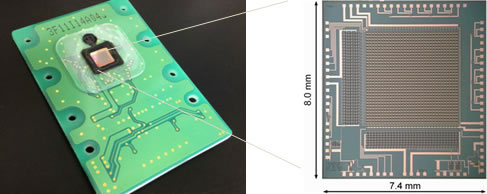 Scientists have established an easy to use, low-cost, rapid, and high sensitivity semiconductor-imaging based medical diagnostic biosensing system for analyzing blood and urine for early diagnosis of ailments including diabetes and Alzheimer's disease.
Scientists have established an easy to use, low-cost, rapid, and high sensitivity semiconductor-imaging based medical diagnostic biosensing system for analyzing blood and urine for early diagnosis of ailments including diabetes and Alzheimer's disease.
Sep 23rd, 2014
Read more
Researchers have developed a technique for converting winery waste into compounds that could have potential value as biofuels or medicines.
Sep 23rd, 2014
Read more
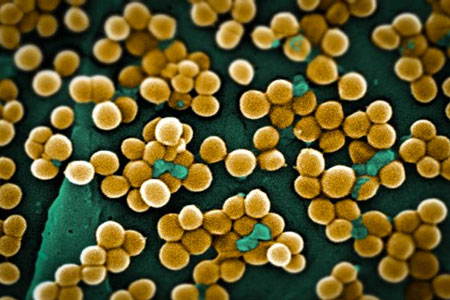 Using a gene-editing system that can disable any target gene, researchers have shown that they can selectively kill bacteria carrying harmful genes that confer antibiotic resistance or cause disease.
Using a gene-editing system that can disable any target gene, researchers have shown that they can selectively kill bacteria carrying harmful genes that confer antibiotic resistance or cause disease.
Sep 23rd, 2014
Read more
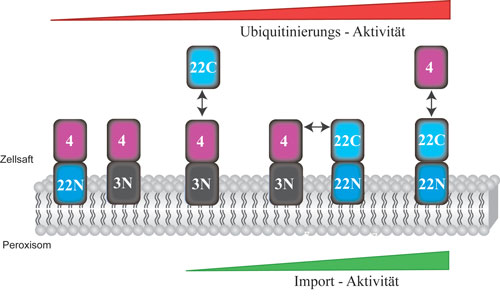 Researchers have successfully identified the 'molecular accelerator' that activates the peroxisomal processes. To their surprise, it turned out to be an old acquaintance: a certain module of the familiar protein Pex22p, which has hitherto always been considered an anchor protein.
Researchers have successfully identified the 'molecular accelerator' that activates the peroxisomal processes. To their surprise, it turned out to be an old acquaintance: a certain module of the familiar protein Pex22p, which has hitherto always been considered an anchor protein.
Sep 22nd, 2014
Read more
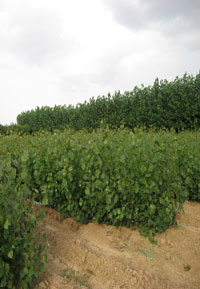 Thanks to biotechnology, researchers have increased the production of woody species. This result could be of great interest to the energy market.
Thanks to biotechnology, researchers have increased the production of woody species. This result could be of great interest to the energy market.
Sep 22nd, 2014
Read more
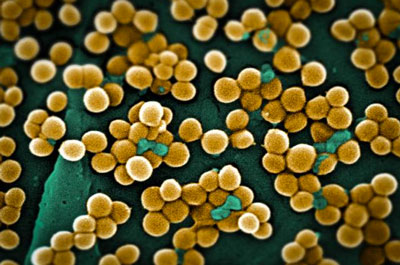 Two new technologies from researchers at MIT could enable novel strategies for combating drug-resistant bacteria.
Two new technologies from researchers at MIT could enable novel strategies for combating drug-resistant bacteria.
Sep 21st, 2014
Read more
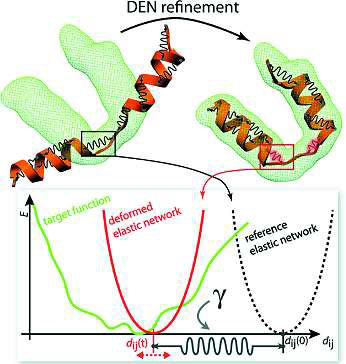 Crystals of membrane proteins and protein complexes often diffract to low resolution owing to their intrinsic molecular flexibility, heterogeneity or the mosaic spread of micro-domains. At low resolution, the building and refinement of atomic models is a more challenging task. The deformable elastic network refinement method developed previously has been instrumental in the determination of several structures at low resolution. Here, DEN refinement is reviewed.
Crystals of membrane proteins and protein complexes often diffract to low resolution owing to their intrinsic molecular flexibility, heterogeneity or the mosaic spread of micro-domains. At low resolution, the building and refinement of atomic models is a more challenging task. The deformable elastic network refinement method developed previously has been instrumental in the determination of several structures at low resolution. Here, DEN refinement is reviewed.
Sep 19th, 2014
Read more
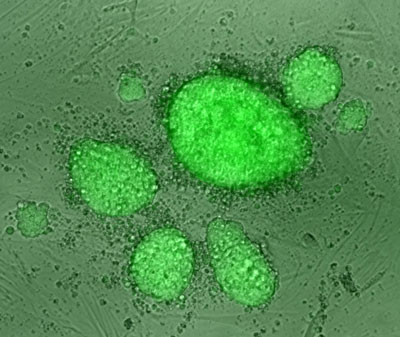 New finding could accelerate research to regenerate damaged tissue.
New finding could accelerate research to regenerate damaged tissue.
Sep 18th, 2014
Read more
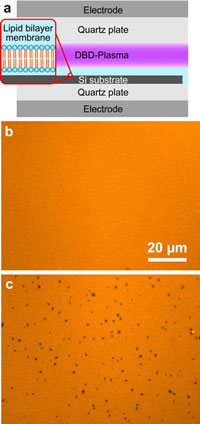 Researchers report the effects of atmospheric plasma irradiation on an artificial plasma membrane system.
Researchers report the effects of atmospheric plasma irradiation on an artificial plasma membrane system.
Sep 18th, 2014
Read more
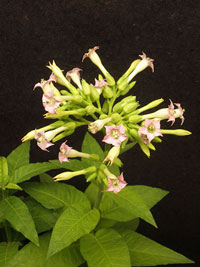 A genetically engineered tobacco plant, developed with two genes from blue-green algae (cyanobacteria), holds promise for improving the yields of many food crops.
A genetically engineered tobacco plant, developed with two genes from blue-green algae (cyanobacteria), holds promise for improving the yields of many food crops.
Sep 17th, 2014
Read more
Researchers have developed a new cocktail that coaxes adult cells to become pluripotent stem cells of a high enough quality to be used in therapeutic applications. Their research showed that using a different combination of reprogramming factors can produce a much higher quality result, delivering fewer colonies of iPSCs of which 80 percent passed the toughest pluripotency test.
Sep 16th, 2014
Read more
Scientists have identified a highly sensitive means of analyzing very tiny amounts of DNA. The discovery, they say, could increase the ability of forensic scientists to match genetic material in some criminal investigations. It could also prevent the need for a painful, invasive test given to transplant patients at risk of rejecting their donor organs and replace it with a blood test that reveals traces of donor DNA.
Sep 15th, 2014
Read more
Researchers have developed a new approach to measure proteins with structures that change. This could enable new diagnostic tools for the early recognition of neurodegenerative diseases to be developed.
Sep 14th, 2014
Read more
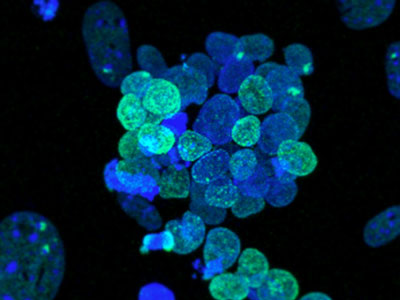 Researchers have resolved a long-standing challenge in stem cell biology by successfully 'resetting' human pluripotent stem cells to a fully pristine state, at point of their greatest developmental potential.
Researchers have resolved a long-standing challenge in stem cell biology by successfully 'resetting' human pluripotent stem cells to a fully pristine state, at point of their greatest developmental potential.
Sep 11th, 2014
Read more
 RNAcentral 1.0 provides a single access point to non-coding RNA data, vastly improving research into gene products.
RNAcentral 1.0 provides a single access point to non-coding RNA data, vastly improving research into gene products.
Sep 10th, 2014
Read more

 Subscribe to our Biotechnology News feed
Subscribe to our Biotechnology News feed










